Sleeper Train to Satu Mare: A Journey Across Romania
This review shows the wonderful journey from Bucharest to Carei and Satu Mare (Romania) by sleeper train.
A trip to Satu Mare
Apart from visiting the city and county seat of Satu Mare itself, I also planned to visit the nearby city of Carei, famous for its historic Károlyi Castle.



Bucharest to Carei by CFR sleeper train
Train IRN1741 – Operator: CFR Călători
Departure: 6.45pm – Arrival: 8.35am (+1)
Duration: 13h50m – Distance: 743 kilometres
Price: 64 euro for a private sleeper compartment

Bucharest Gara de Nord
My journey began at Bucharest North station (București Gara de Nord), the main railway terminus of the Romanian capital.
Although it may not be Europe’s prettiest station, and certainly not the best maintained as neglect is visible everywhere, I always enjoy soaking up the classic railway vibes at Bucharest Gara de Nord.




Boarding the sleeper train



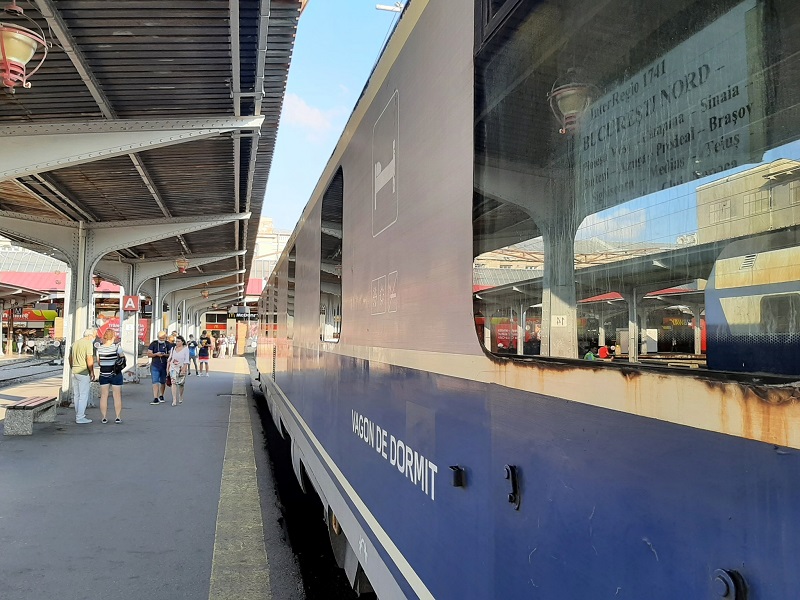
Sleeper compartment
As I’ve reviewed a journey on a Romanian night train before, I will keep everything brief in this report.
My sleeper compartment on the Bucharest-Satu Mare night train was perfectly comfortable, featuring a lower and upper berth and a washbasin.
One bottle of water, as well as an amenity kit with basic items such as a washcloth, wet wipes, soap, a toothbrush and some toothpaste, were provided.
Sadly, the window was enormously dirty and had some condensation between the two layers of glass, which was less than ideal for enjoying the view outside.
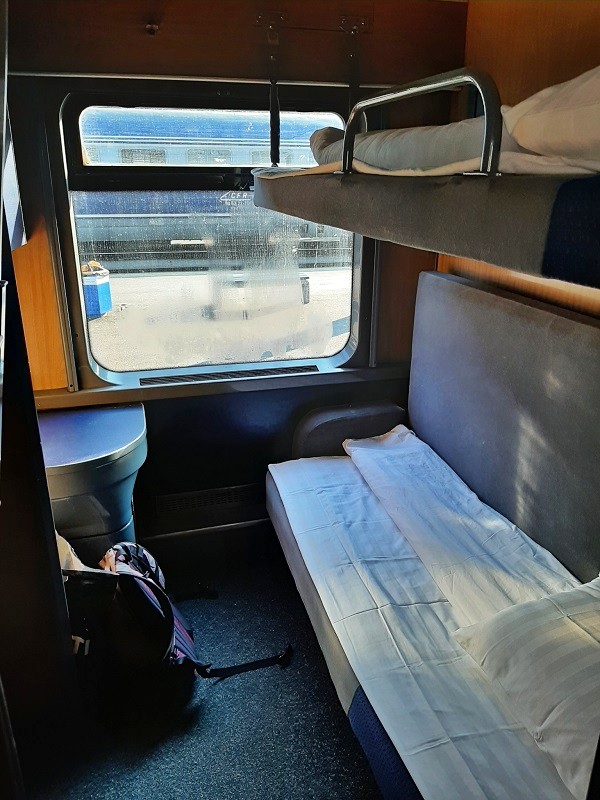




Departure from Bucharest



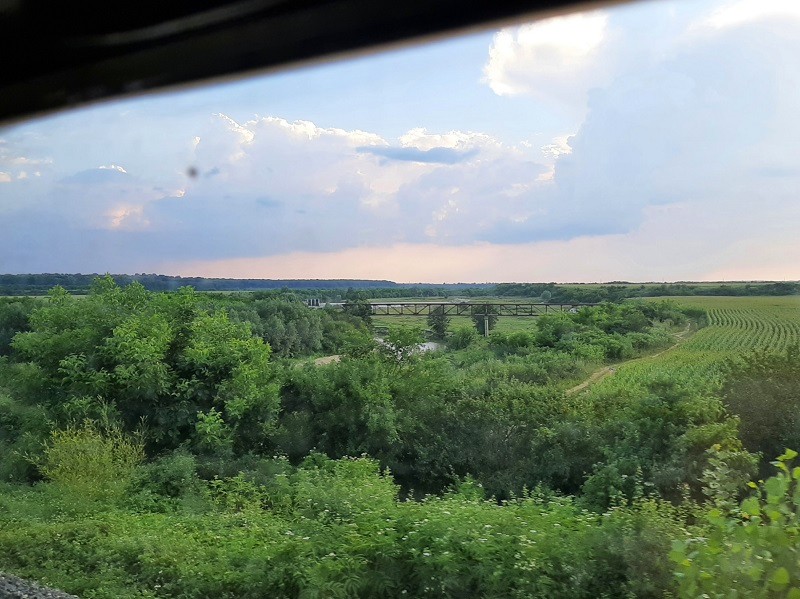

Dinner on the train
As there are no dining cars on domestic Romanian sleeper trains, it’s essential that you bring along your own supply of food and drinks.
That was exactly what I did, as I made myself a charcuterie board with some delicious cheeses, cold cuts, and garlic bread.
I also brought a bottle of excellent Moldovan sparkling wine on board with me.

Across the Carpathians
If you travel on the Bucharest-Satu Mare sleeper train in summer, you can still witness how the train crosses the Carpathian Mountains in the evening while the sun is slowly setting.
Soon after the train departs from Ploiești, the Carpathian foothills start to appear, and they turn into proper mountains once the train reaches Sinaia.
Being the most important of the Carpathian resort towns along this railway line, Sinaia is an important stop for the sleeper train,




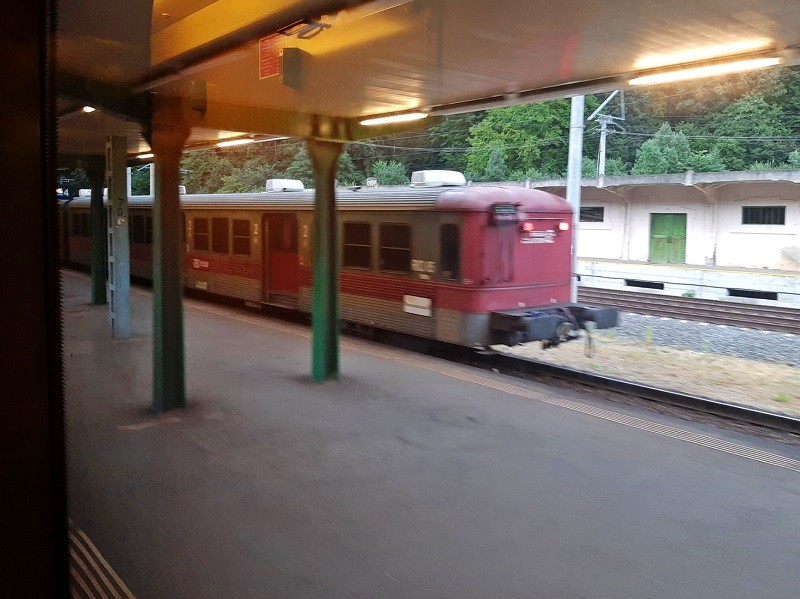
From Sinaia to Brașov
After Sinaia, the Bucharest-Satu Mare sleeper train continues its journey up the mountain valley (Prahova Valley) and stops at the mountain resort towns of Bușteni, Azuga, and Predeal before descending down the mountains towards Brașov.
The best mountain scenery can be admired from the left-hand side of the train when riding north between Sinaia and Bușteni.
Unfortunately, there was a bit of cloud cover this time around when we approached Bușteni, which obscured the highest mountain peaks such as Caraiman, a 2,384-metre (7,822 ft) high mountain topped with a summit cross.







Into the night
At 9.35pm, our sleeper train pulled into the station of Brașov, a major stop along the route north.
During the night, the sleeper train will slowly makes it away across Transylvania on the mainline from Brașov to Cluj-Napoca via Sighișoara, Mediaș and Aiud.
I finished the last of the sparkling wine and went to sleep early, knowing that a full day of sightseeing awaited me tomorrow.


Morning on the railway tracks
After an excellent night of sleep I woke up some minutes after our sleeper train had left the station of Oradea at 7.11am.
A lot of people using the Bucharest-Satu Mare sleeper train use it to travel to Oradea, as the 7am arrival is certainly convenient for travel to this beautiful city on the border with Hungary.
After departure from Oradea, the sleeper train traverses the railway line towards Carei and Satu Mare, which runs almost parallel to the Romanian-Hungarian border.





Arrival at Carei
After a stop in the small town of Valea lui Mihai, which just like Oradea is another important junction and border station from where a railway line branches off into Hungary, our train continued towards Carei.
The Bucharest-Satu Mare sleeper train arrived spot on time in Carei.



Carei railway station
Carei’s railway station was built between 1910 and 1912 when the town was still was part of the Austro-Hungarian Empire.
It’s therefore no surprise that the train station looks a lot like stations across the border in Hungary.
Carei still has a Hungarian majority at 52.14%, with Romanians making up 42.39% of the town’s population of 18,957.


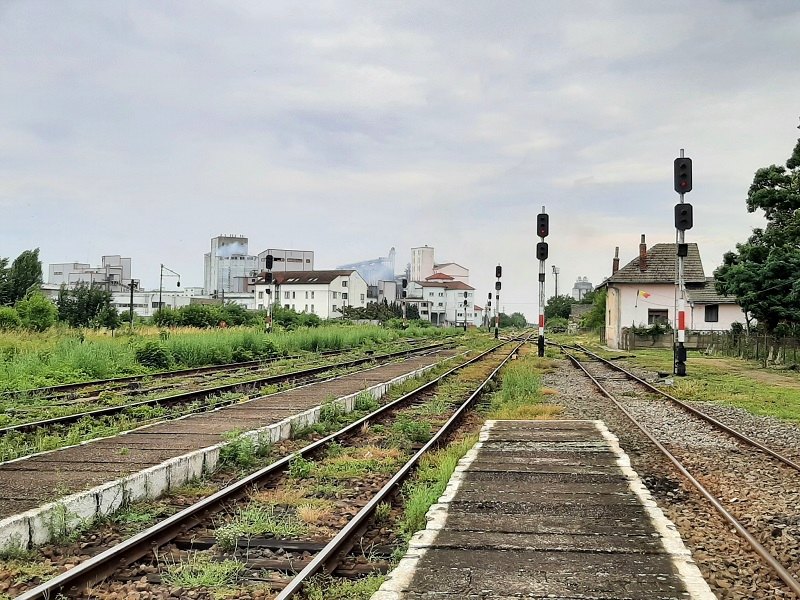



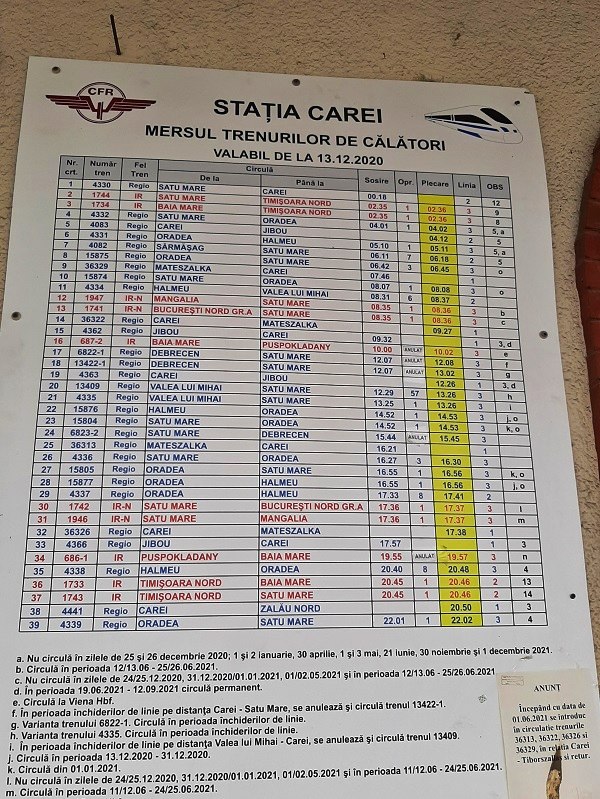
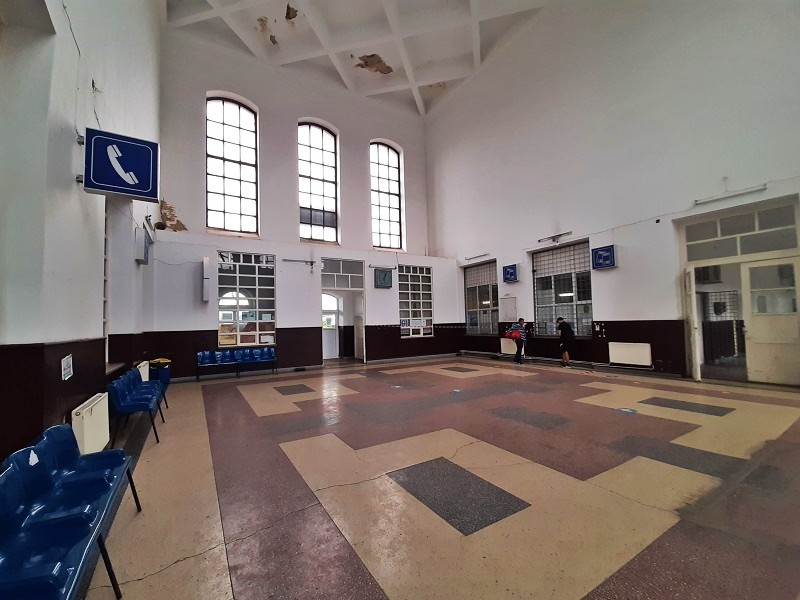



Conclusion

